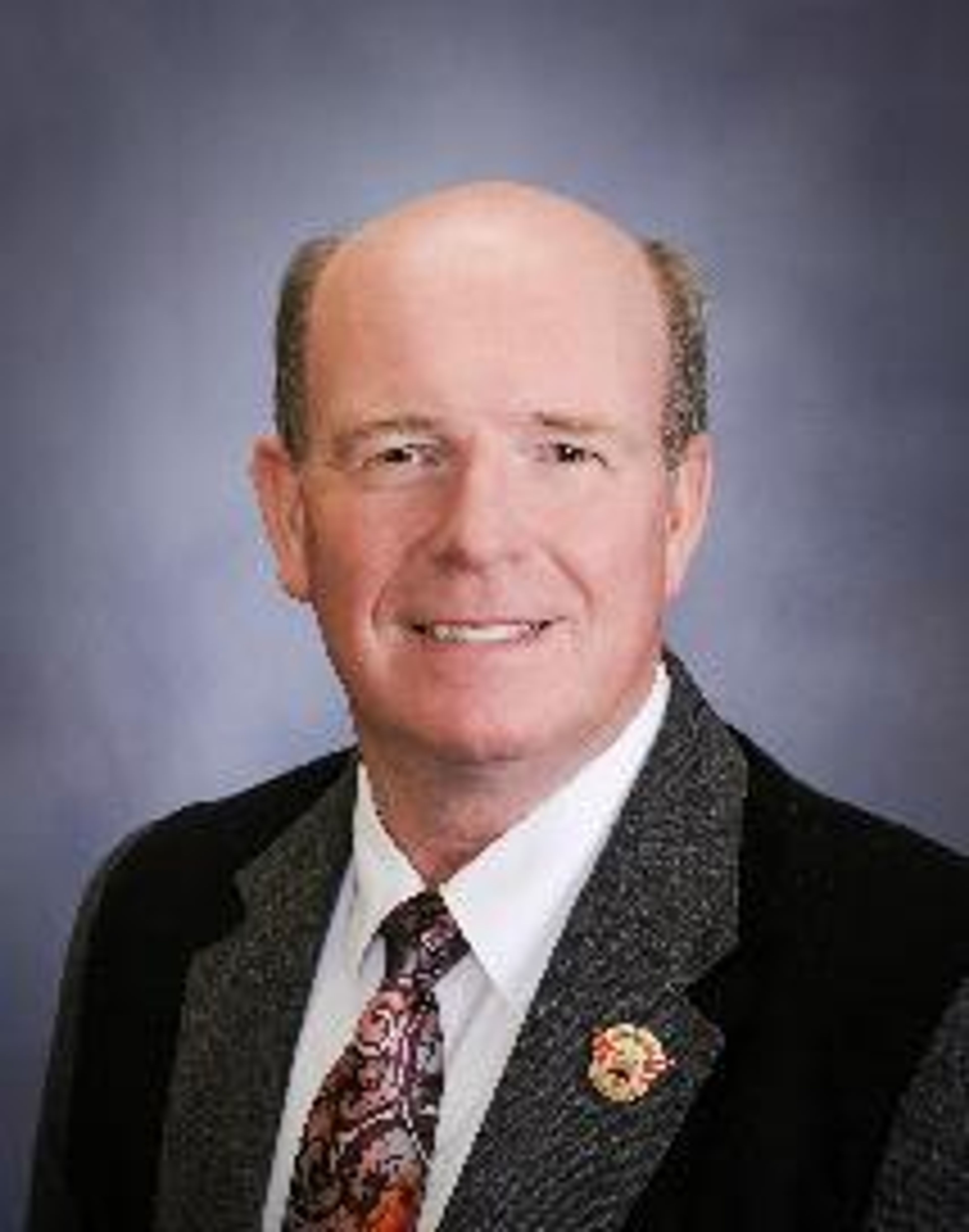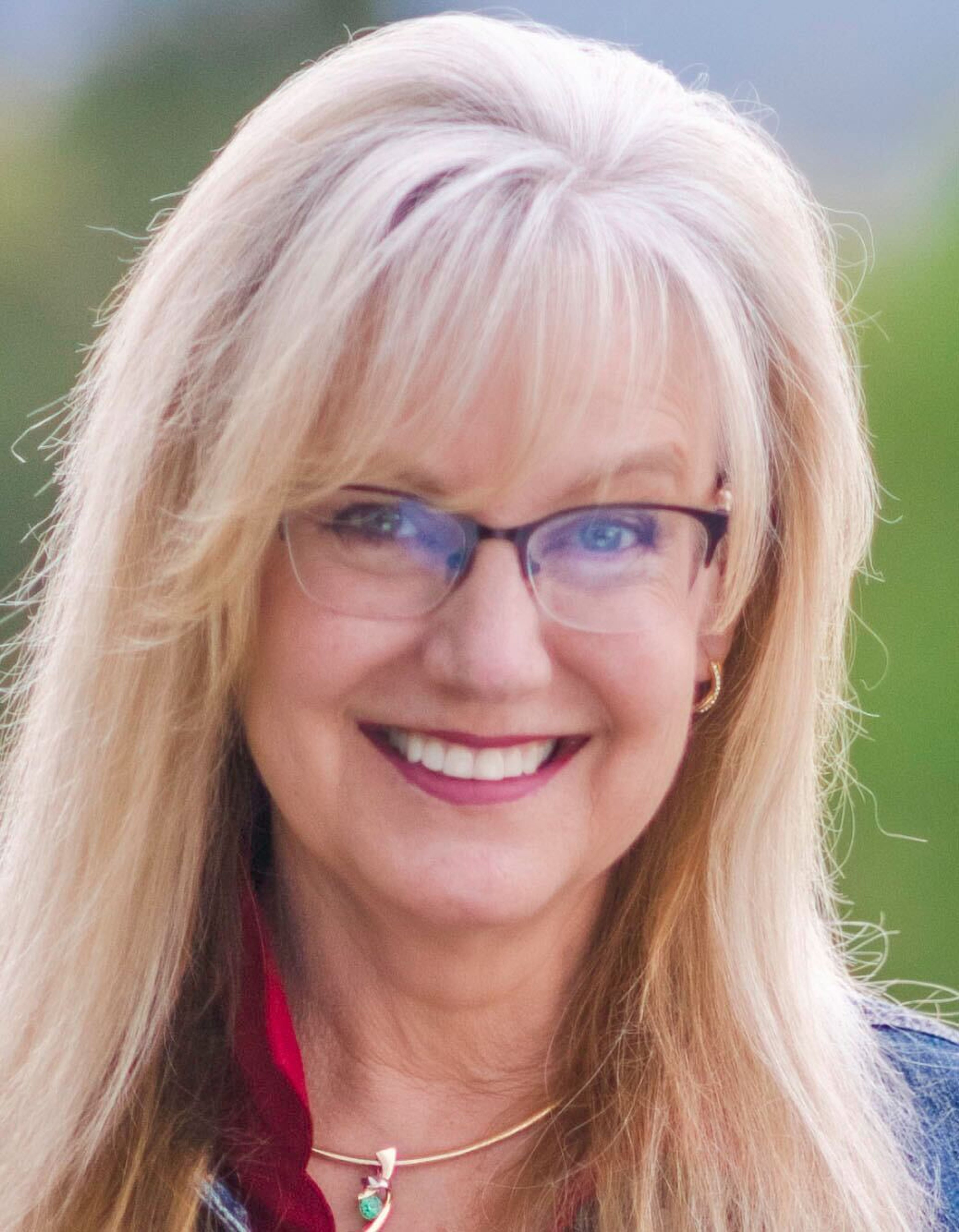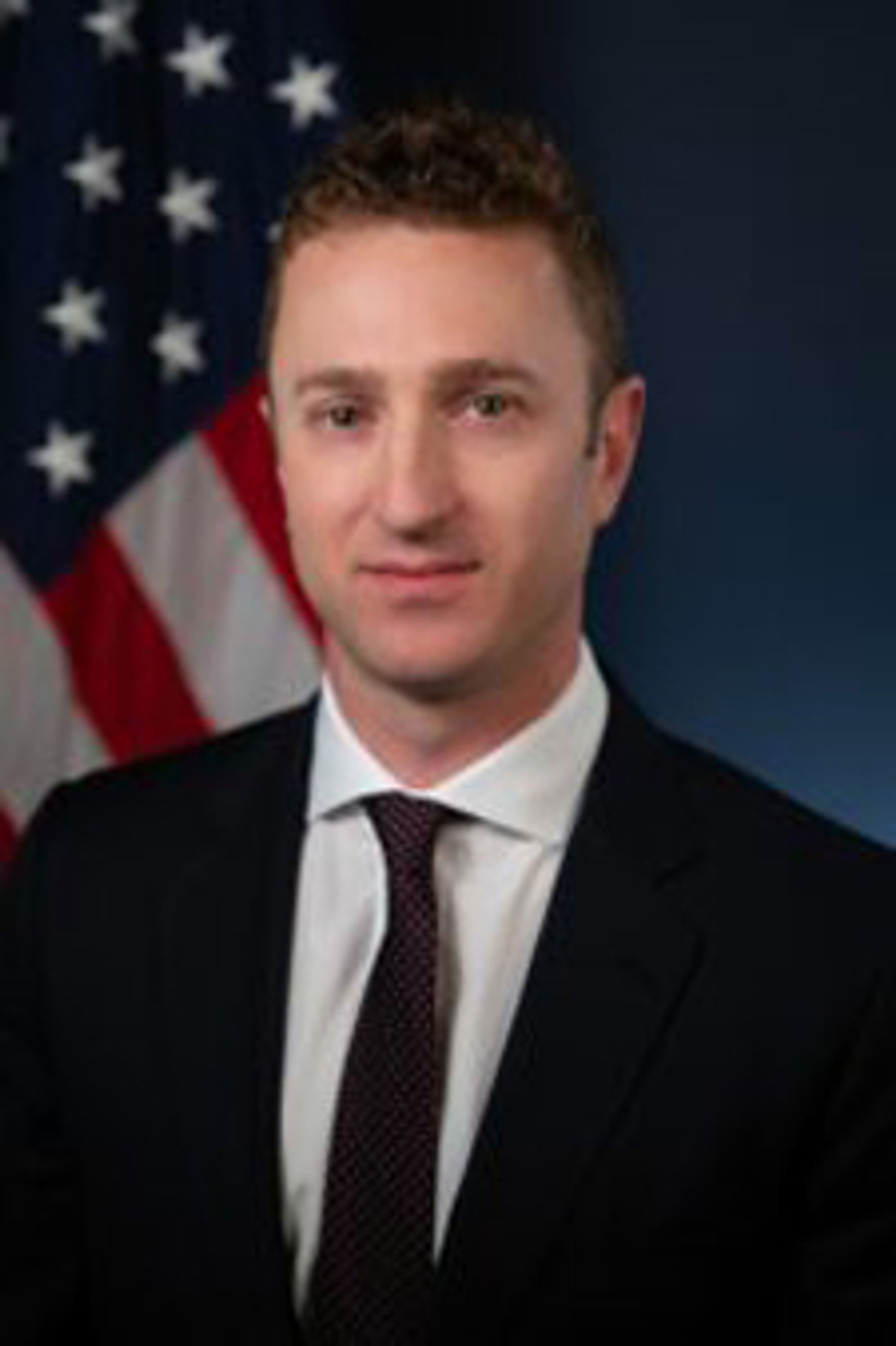Construction of UGM rescue center underway
Plans for high-barrier shelter in Lewiston have been adjusted in recent months; officials expect location to open in a bit more than one year
Construction is underway for a Lewiston rescue center of Union Gospel Mission that will house as many as 92 men, women and children.
The main building of the center will be a two-story, 14,500-square-foot dormitory with 46 beds for men on the ground floor and 46 beds for women and children on the second floor, said Jeremy Stevens, director of LC Valley for UGM.
The dormitory will sit at the back and center of the lot at 419 Snake River Ave. Two other buildings will stand on either side along a curved driveway.
One will be a single-story, 4,400-square-foot dining room on the south and a second will be a 5,900-square-foot building on the north that will house a chapel, administrative offices and day care.
The entire center will be surrounded by a 6-foot fence in compliance with city code, Stevens said.
The site plan is different than the one first proposed where the buildings were right next to Snake River Avenue, Stevens said.
That’s because UGM chose to place the buildings differently when it found it was more cost effective to demolish a 6,700-square-foot building than renovate it, he said.
The update in the plans is the reason that construction is just now starting now, about six months after a groundbreaking ceremony in February, Stevens said.
The center is expected to open in October or November of 2025 and serve the Lewiston-Clarkston Valley and the Moscow-Pullman area, he said.
The progress his Spokane-based, not-for-profit group has made on its Lewiston expansion as well as other efforts to ease homelessness in the region will improve the Lewiston-Clarkston Valley, Stevens said.
The LC Valley Youth Resource Center is seeking a conditional-use permit for a 12-unit tiny home village in east Lewiston for young adults at risk of homelessness. At the same time, the Asotin County Alliance for the Unhoused, a not-for-profit group, has formed and is hoping to open a 20-unit, low-barrier sleep center.
“As these things are built, we’ll actually see our community thrive because these individuals that are needing help will actually have the resources they need,” he said.
UGM’s rescue center in Lewiston will be a high-barrier homeless shelter that only accepts individuals who are drug- and alcohol-free, Stevens said.
That policy is enforced in a number of ways, he said. Drug tests will be part of the intake process.
Residents will take breathalyzer tests when they return, when the entrance won’t be open between 8 p.m. and 6 a.m. Staff members will be able to require additional drug testing for cause at any time during a resident’s stay.
All of the services will be free, provided by a staff of 18 to 22 full- and part-time employees. They will be aimed at helping residents become self-sufficient by landing jobs, overcoming addictions and finding housing.
“We’re going to work with them the best we can, with their wants, and with their desires, while still addressing some of the other issues that are going to be present,” Stevens said.
Part of UGM’s strategy involves having residents follow a daily routine that begins with waking up at 6 a.m. Breakfast is one hour later. All residents are expected to be out of their rooms by 8 a.m. Lunch is at 11:30 a.m. and dinner is at 5:30 p.m. In between meals, residents do two hours of chores such as housekeeping, lawn maintenance or something as simple as rolling silverware into napkins for meals.
“It helps keep our facilities clean,” Stevens said. “We find that people find dignity in work and accomplishing tasks.”
Residents who have work go to their jobs. Those who don’t look for jobs, receive training, have counseling or participate in volunteer-led recreational activities such as crocheting or playing board games.
The latter serves a number of purposes such as helping those recovering from addiction find new hobbies and teaching people how to successfully navigate interpersonal conflicts, Stevens said.
Chapel, which is mandatory except if it interferes with residents’ work schedules, is at 7 p.m. every day. The format of chapel varies. It can be everything from a traditional worship service to a movie with a Christian message.
“Our mission is to get Jesus in front of everybody’s eyes and ears,” Stevens said. “So there’s always an invitation for those to come into knowing more about Jesus Christ and our beliefs as a ministry.”
Typically people will stay 90 days or less with some exceptions such as if they are participating in a six-month program that teaches job skills. Additionally UGM will extend stays for residents who are meeting all of UGM’s requirements, but who need more time, perhaps to save more money for a deposit on an apartment or land a job, he said.
UGM won’t be placing individuals from its programs in Spokane or Coeur d’Alene at the Lewiston center, said Stevens, noting that Spokane has more than 11 shelters.
Individuals from the Lewiston center may transfer to UGM’s two-year programs for people recovering from drug addiction and domestic violence in Spokane and Coeur d’Alene, he said.
As construction and plans for the Lewiston rescue center continue, Stevens will be among those involved in fundraising efforts.
UGM is $900,000 away from meeting its fundraising goal of $8.9 million for the Lewiston rescue center, he said.
The $8.9 million includes all of the construction costs and a year of operating expenses estimated at $700,000, Stevens said.
The UGM Foundation gave $4 million for the project and the other donations have been from the area or from donors who earmarked their contributions to this project, he said.
The Lewiston rescue center, he said, like all UGM facilities and services, will be paid for entirely with private money, Stevens said, without any government funds.
“I’m very optimistic,” he said. “We will have the money raised by the end of the year.”
Williams may be contacted at ewilliam@lmtribune.com or (208) 848-2261.







